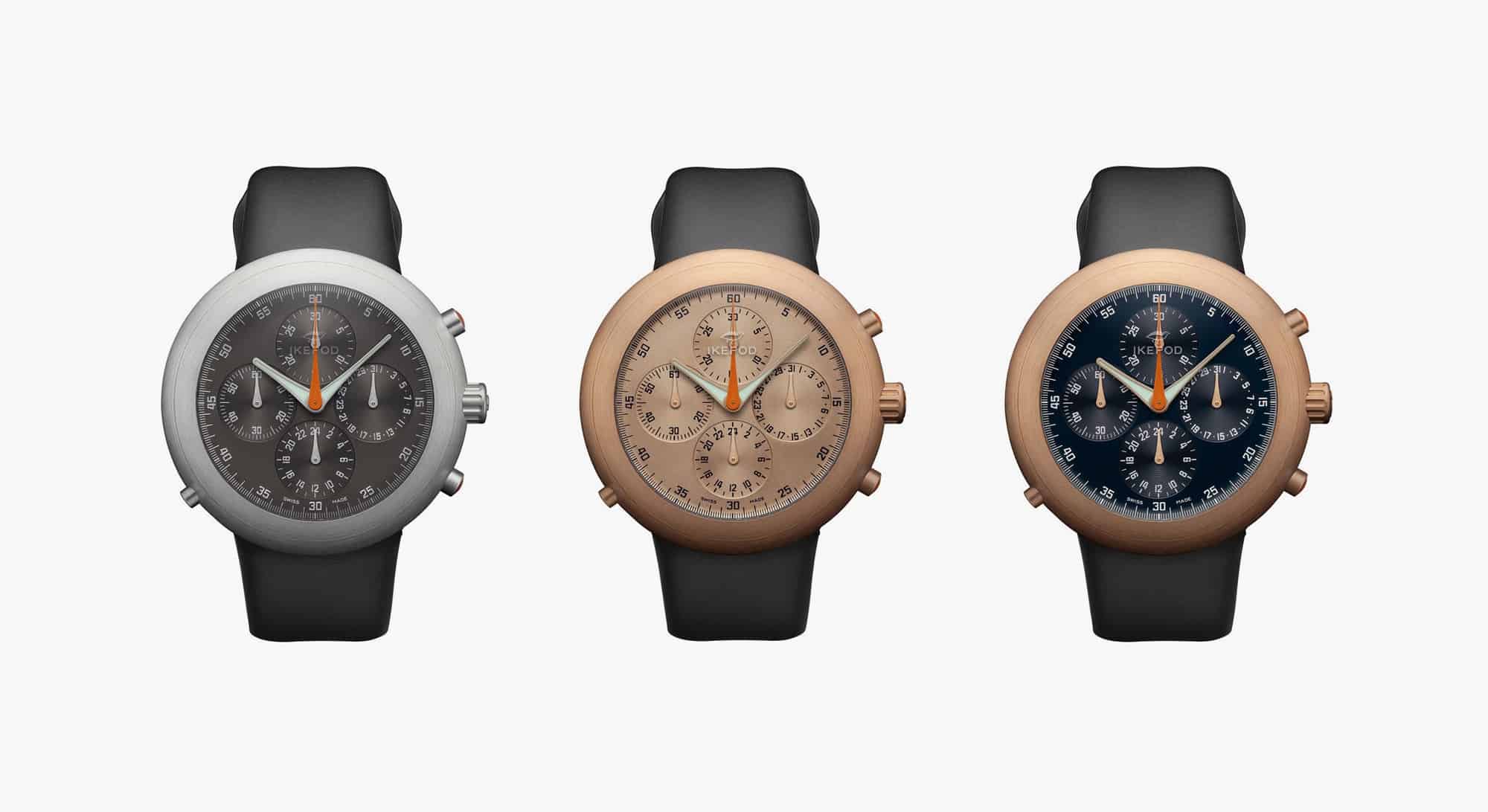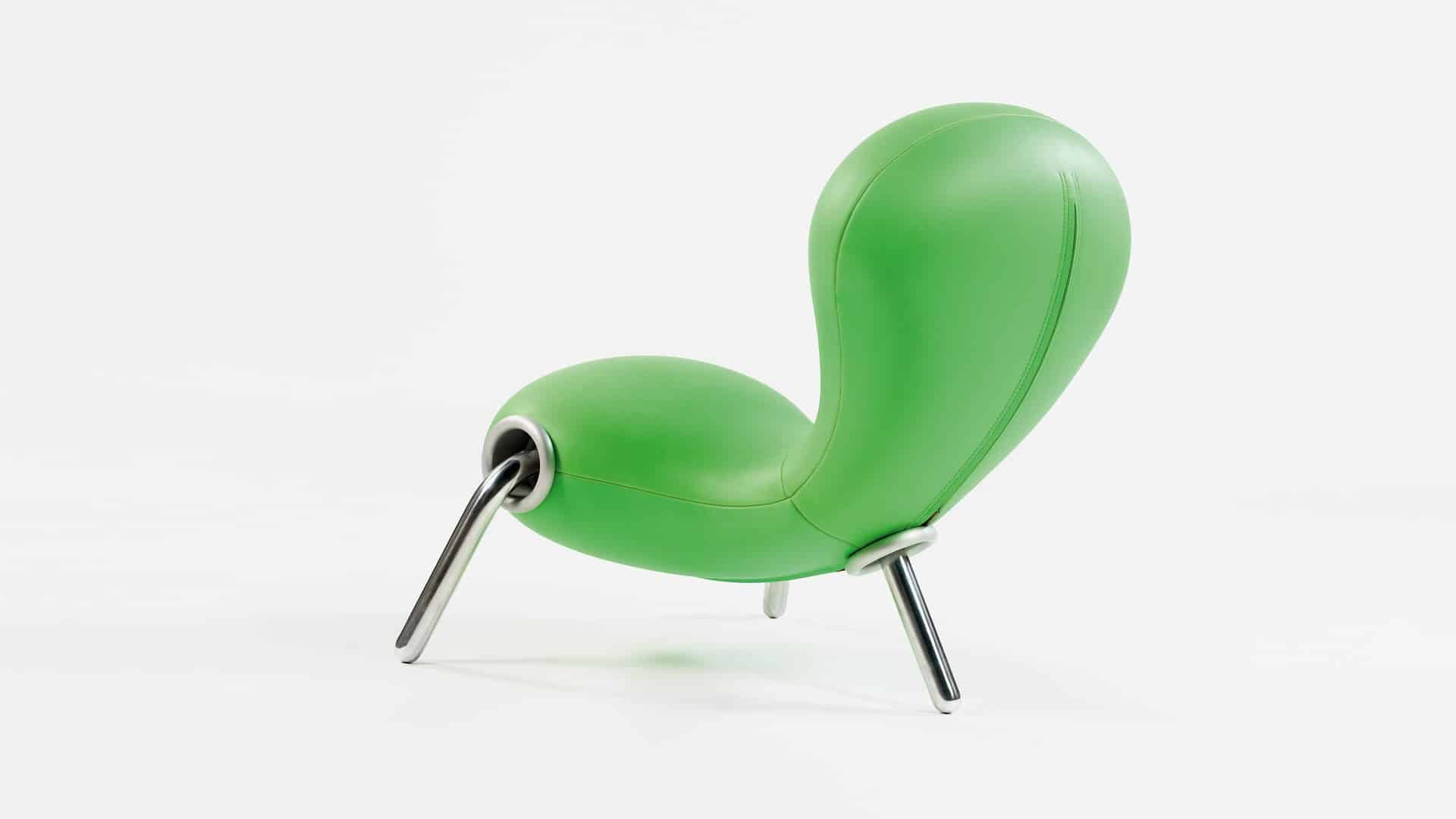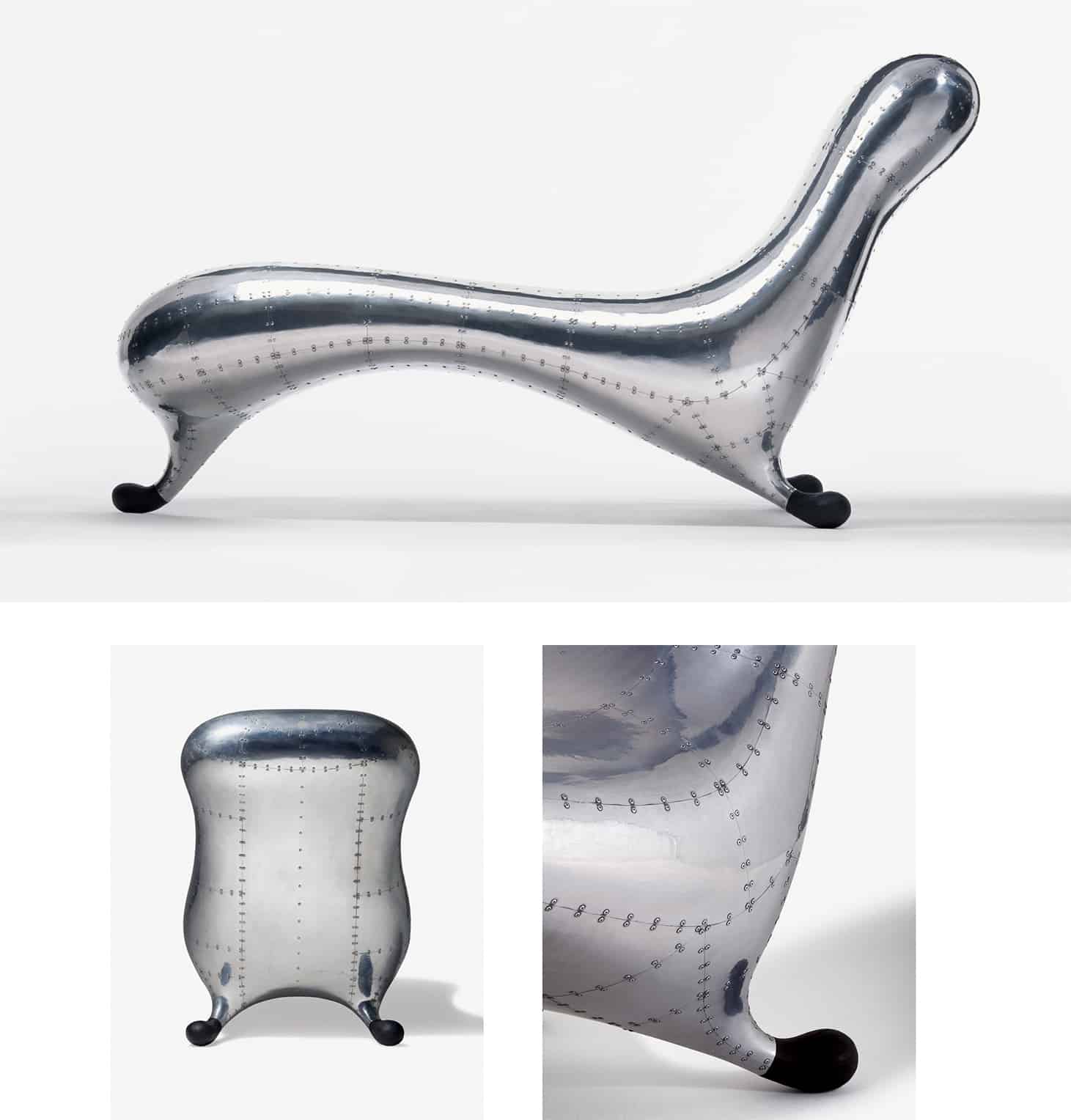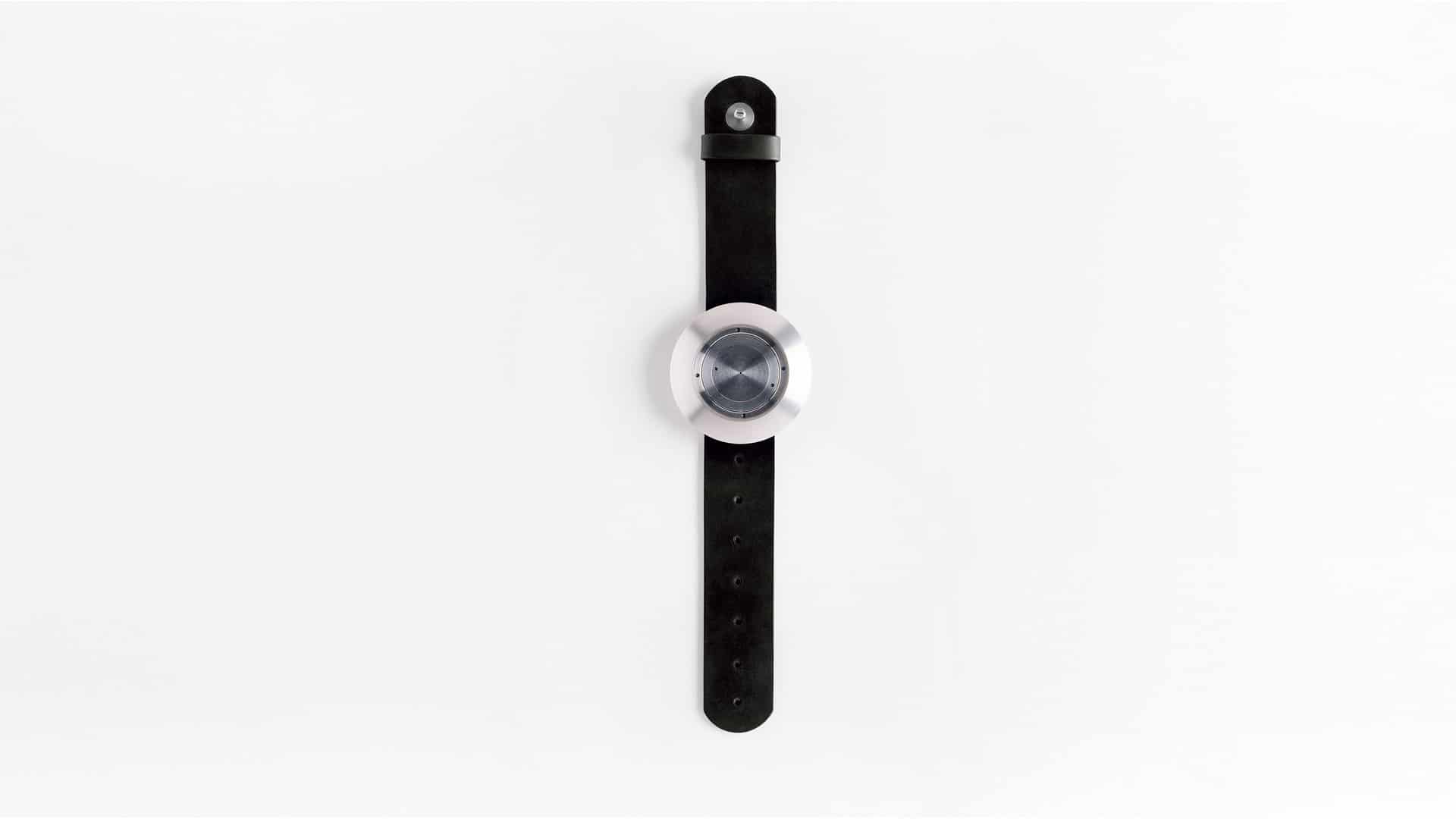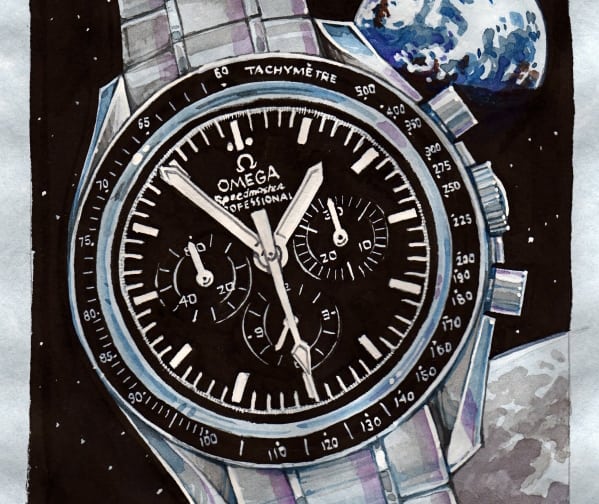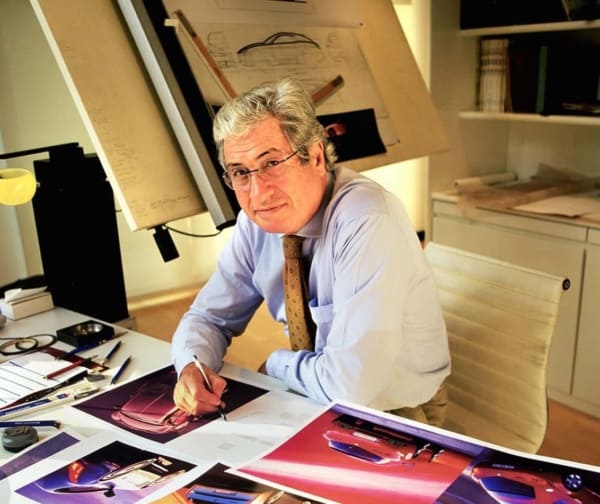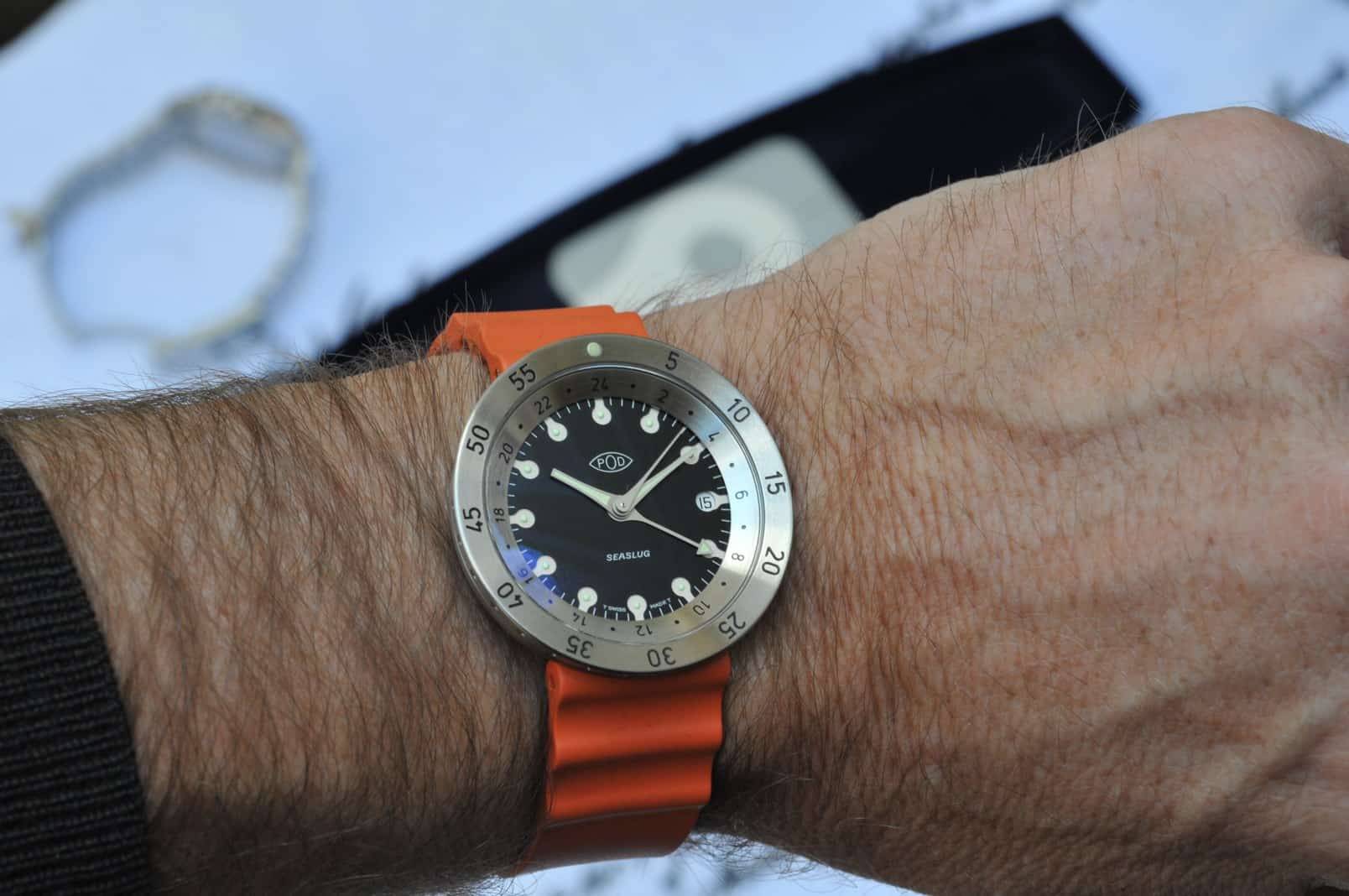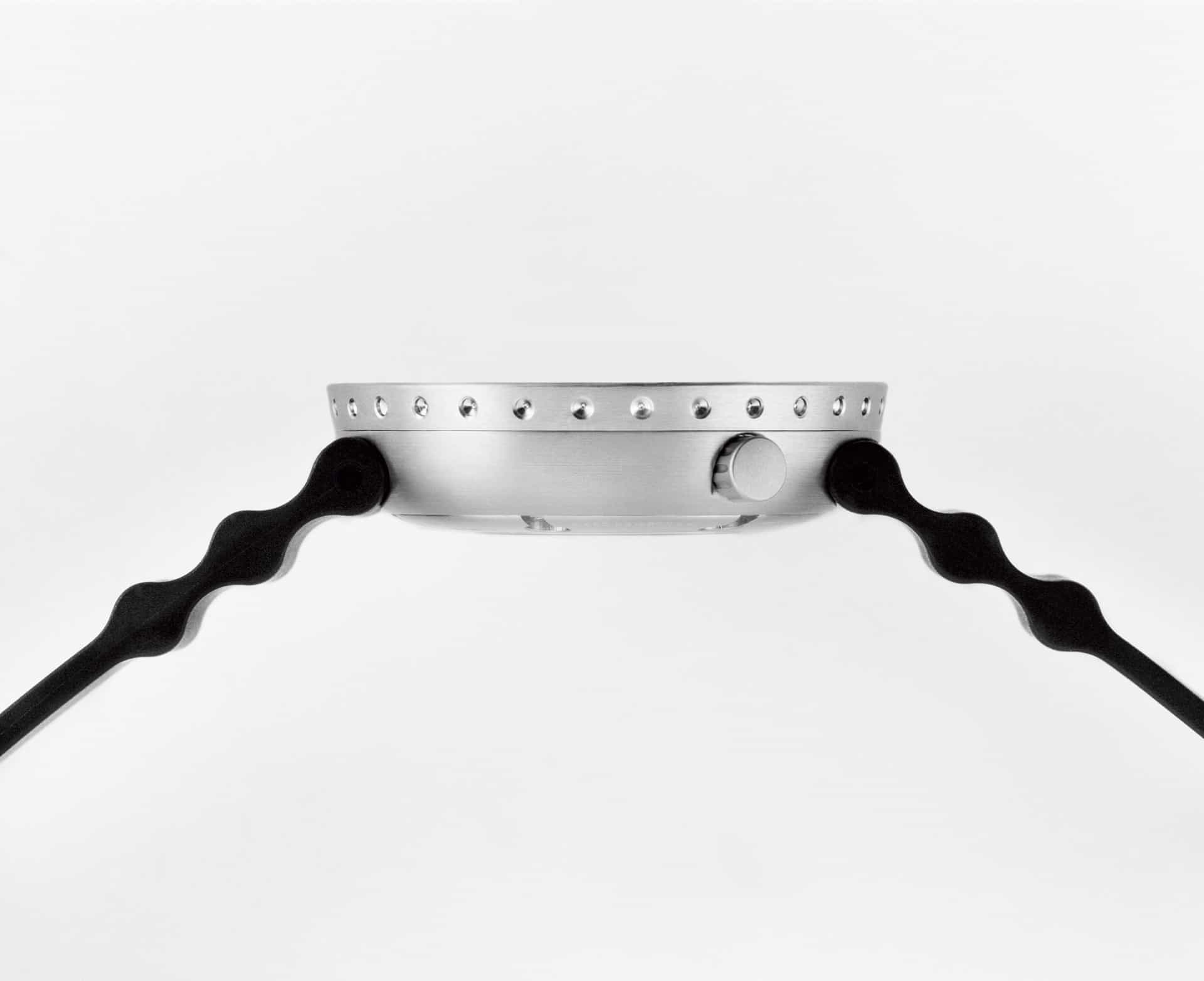What makes a design modern? If there was a defining factor to making an object look contemporary, stylish, or even futuristic, it’s streamlining. The idea of smoothing, rounding, and simplifying a form has worked its way to every branch of design, and it’s been a defining trend of the last 25 years.
One of the best workers in this movement is undoubtedly Marc Newson. In his 26 years of design experience, Newson has created a variety of items—from furniture to concept cars to pens to a unique one-off shotgun—but the works of his you’re likely most familiar with are his watches. Not only is he jointly responsible for the Apple Watch with Apple design chief, Jony Ive, but Newson’s design sensibility was once a driving force behind his own watch brand—Ikepod.
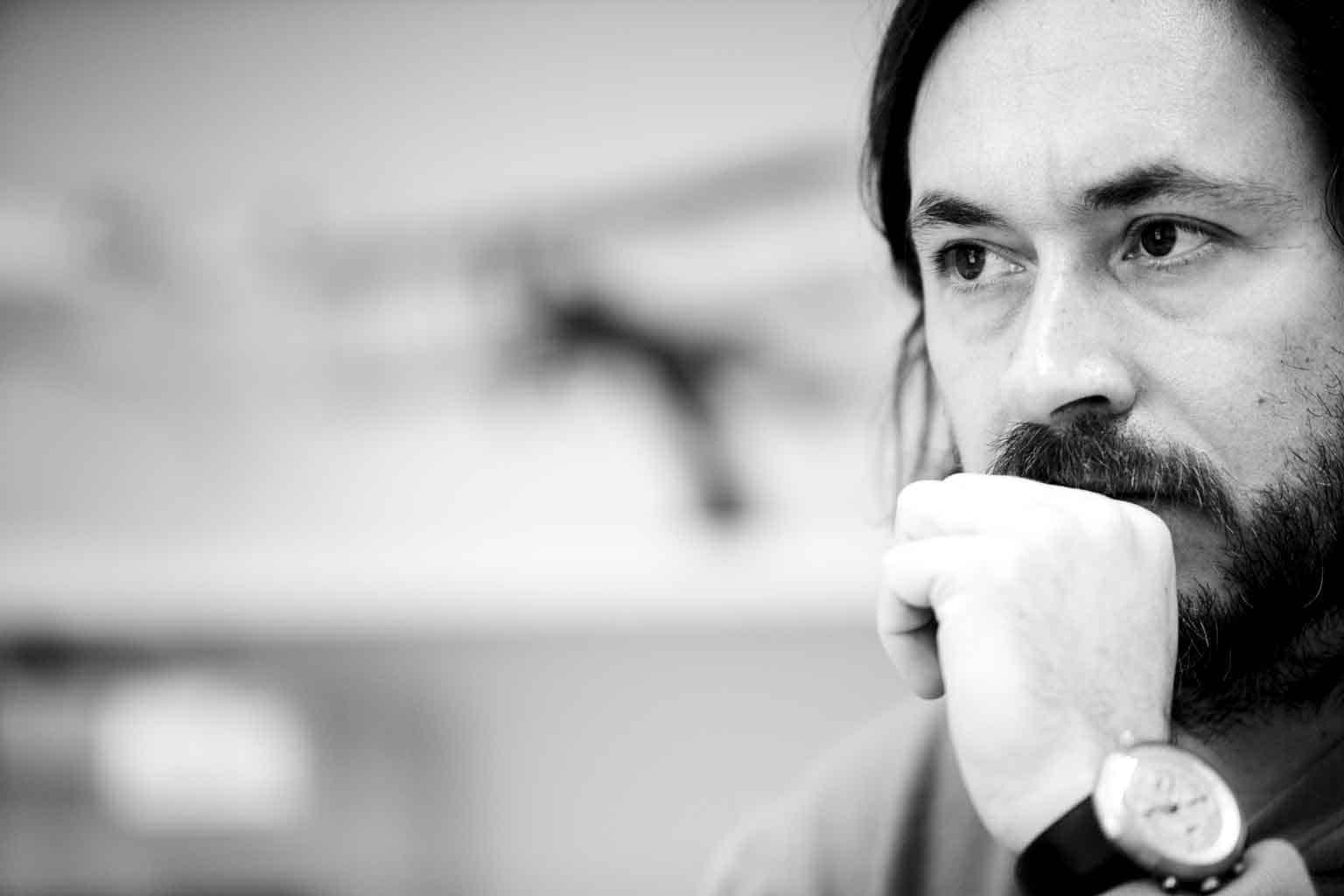
Newson was born on October 20, 1963 in Sydney, Australia. In the early ’80s, he attended the Sydney College of Arts. His time there was spent not as a design student, but as a jewelry major. It was here that he learned to make things, and he soon found himself constructing sculptural furniture. His early work, however, was impressive enough for the Australian Culture Council to give him a major grant in 1986.
Newson eventually relocated to Tokyo, a move that would change his life forever. While in Tokyo, he began experimenting beyond pure form with a focus on shapes with purpose, ultimately developing what would come to be his first industrial designs.









 Featured Videos
Featured Videos




